I know this answer is somehow late, but I believe people always face the same problems so my case is worth to be shared.
tl;dr = Change the permission of deployed files manually or using icacls command.
Actually I use InstallForge for packing and deploying my application(s).
No matter what setup creator is used, when the application is installed to a non-system folder ( e.g. D:\ ) the program works perfectly and the database is readable/writable.
Whereas when the application is installed in [Program Files] folder or [Program Files (X86)] folder, Windows takes a preventive security measurement and sets file permission to be only [Read] and [Read & Execute].
I think Windows Vista and later versions of Windows have this behavior.
You can check that by right-clicking the installed file and going to properties then Security tab.
The files I installed on D:\ had Full-Control permission while, as I mentioned, the ones on C:\ had only Read & Execute permissions.
You won't notice the difference when you install a normal program on C:\ because you might not be writing data on a file or a database. But in case of database deployment, the file has to be writable.
Finally, the solution for this case was telling InstallForge to change file permissions at the end of the installation using icacls commands :
icacls "C:\MyApp\MyDB.mdf" /Grant Everyone:F
icacls "C:\MyApp\MyDB_log.ldf" /Grant Everyone:F
In my case, it is okay to give everyone full-control on the database files, but you might need a customized solution for your case so please refer to :
http://ss64.com/nt/icacls.html
You can tell your setup creator to run those commands, or you can put them together in a batch file and run it after the installation.
